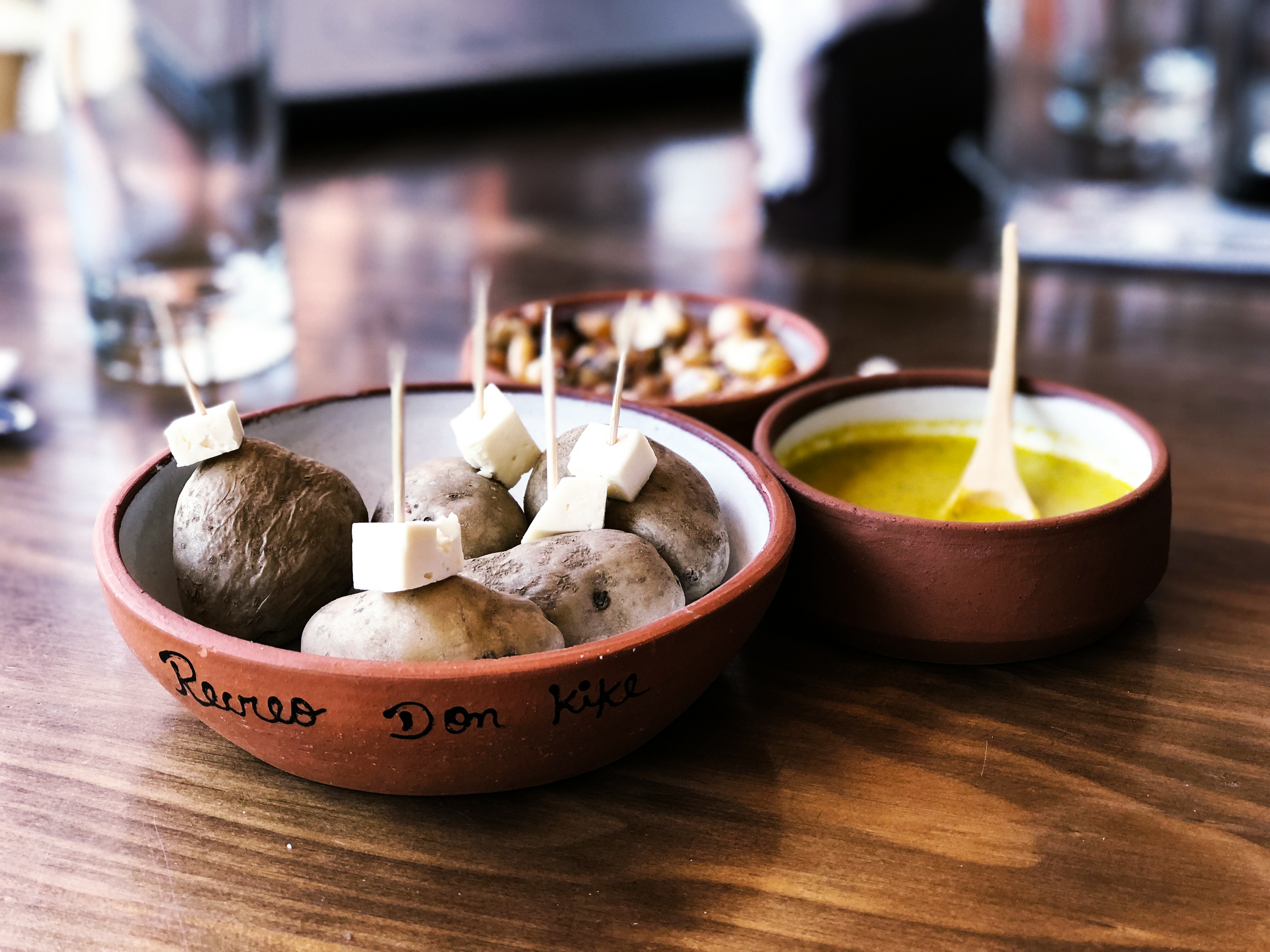Why Extra Virgin Olive Oil Is a Kitchen Essential: A 2025 Guide
In the culinary landscape of 2025, where health consciousness and gourmet experiences intertwine, Extra Virgin Olive Oil (EVOO) has solidified its position as an indispensable kitchen staple. More than just a cooking ingredient, EVOO is a versatile elixir with a rich history and a myriad of benefits. From enhancing the flavor profiles of your favorite dishes to contributing to your overall well-being, understanding the nuances of EVOO is essential for every modern cook and health enthusiast. This guide will delve into why EVOO deserves a prominent spot on your countertop, offering insights into selection, usage, and long-term considerations for making the most of this liquid gold.

What makes extra virgin olive oil unique?
Extra virgin olive oil stands out among other cooking oils due to its exceptional quality and production process. Unlike refined oils, EVOO is extracted through mechanical means without the use of heat or chemicals. This cold-pressing technique preserves the olive’s natural flavors, aromas, and beneficial compounds. The result is a pure, unrefined oil that boasts a rich taste profile and a host of nutritional benefits. Additionally, EVOO must meet strict quality standards, including low acidity levels and absence of sensory defects, to earn its “extra virgin” designation.
How do you select the right extra virgin olive oil?
Choosing the perfect extra virgin olive oil can be a daunting task, given the wide variety available in the market. When selecting EVOO, consider the following factors:
-
Origin: Look for oils from reputable olive-growing regions, such as Italy, Spain, or Greece.
-
Harvest date: Fresher oils generally offer better flavor and nutritional value.
-
Packaging: Opt for dark glass bottles or tins that protect the oil from light exposure.
-
Certifications: Look for seals from recognized quality assurance organizations.
-
Taste profile: Consider whether you prefer a mild, medium, or robust flavor intensity.
Remember to read labels carefully and, when possible, sample oils before purchasing to ensure you find one that suits your palate and cooking needs.
What are the different types and categories of extra virgin olive oil?
Extra virgin olive oil comes in various types and categories, each with its own characteristics:
-
Single-origin EVOO: Produced from olives grown in a specific region or estate.
-
Blended EVOO: A combination of oils from different olive varieties or regions.
-
Organic EVOO: Made from olives grown without synthetic pesticides or fertilizers.
-
Protected Designation of Origin (PDO) EVOO: Oils produced in specific geographical areas following traditional methods.
-
Flavored EVOO: Infused with herbs, spices, or fruits for added flavor complexity.
Understanding these categories can help you choose the right EVOO for specific culinary applications, whether you’re cooking, baking, or using it as a finishing oil.
What are the health benefits of extra virgin olive oil?
Extra virgin olive oil is renowned for its potential health benefits, making it a nutritional powerhouse in the kitchen. Some of the key advantages associated with EVOO consumption include:
-
Heart health: Rich in monounsaturated fats, EVOO may help reduce the risk of cardiovascular diseases.
-
Anti-inflammatory properties: Contains oleocanthal, a compound with anti-inflammatory effects similar to ibuprofen.
-
Antioxidant content: High in polyphenols, which may protect against oxidative stress and cellular damage.
-
Potential cancer-fighting properties: Some studies suggest EVOO may have protective effects against certain types of cancer.
-
Brain health: May support cognitive function and potentially reduce the risk of neurodegenerative diseases.
While these potential benefits are promising, it’s important to note that EVOO should be part of a balanced diet and healthy lifestyle for optimal results.
How do different grades of olive oil compare?
Understanding the differences between olive oil grades can help you make informed choices for your culinary needs. Here’s a comparison of the main olive oil categories:
| Grade | Production Method | Acidity Level | Flavor Profile | Best Uses |
|---|---|---|---|---|
| Extra Virgin Olive Oil | Cold-pressed, no chemicals | ≤ 0.8% | Complex, fruity, may be peppery | Raw applications, finishing, light cooking |
| Virgin Olive Oil | Cold-pressed, no chemicals | ≤ 2.0% | Good flavor, may have slight defects | Cooking, sautéing |
| Refined Olive Oil | Chemically treated | ≤ 0.3% | Neutral flavor | High-heat cooking, frying |
| Olive Oil (Pure) | Blend of refined and virgin oils | ≤ 1.0% | Mild flavor | All-purpose cooking |
Prices, rates, or cost estimates mentioned in this article are based on the latest available information but may change over time. Independent research is advised before making financial decisions.
Extra virgin olive oil remains the highest quality option, offering the most flavor and potential health benefits. However, other grades may be suitable for different cooking methods or when a more neutral flavor is desired.
In conclusion, extra virgin olive oil continues to be a kitchen essential as we approach 2025. Its unique qualities, versatility, and potential health benefits make it an invaluable ingredient for both cooking and finishing dishes. By understanding the nuances of EVOO selection, types, and grades, you can make informed choices that enhance your culinary experiences and potentially contribute to your overall well-being.




